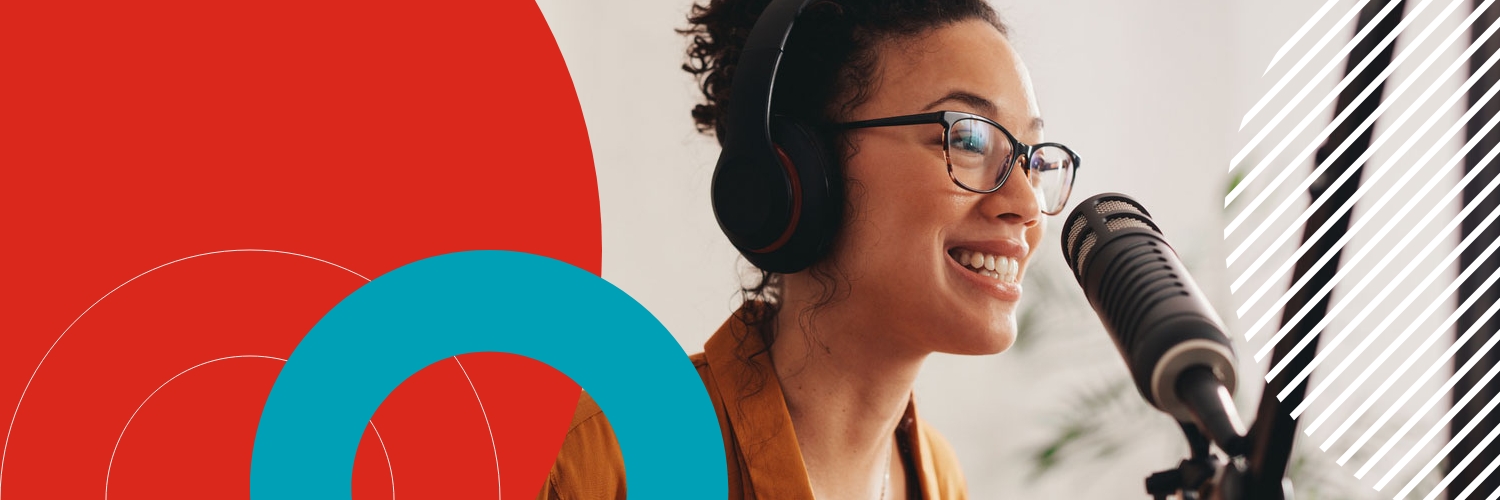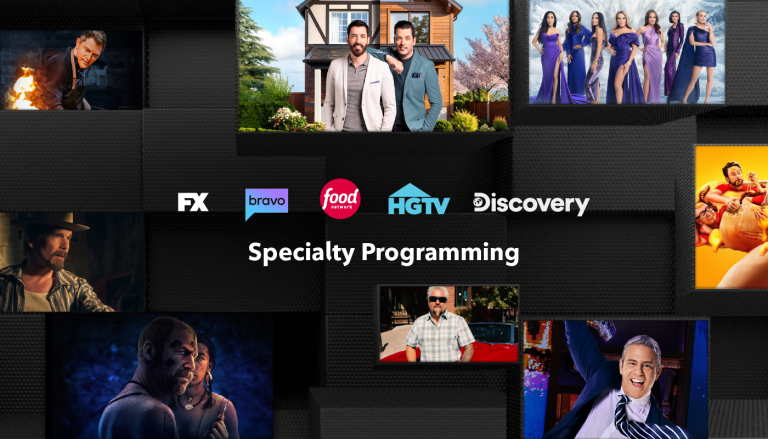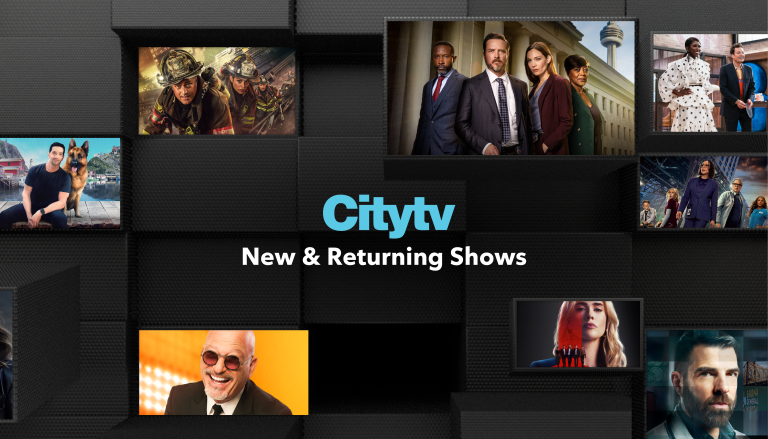Because we’re listening — why now is the right time for brands to think podcasting
The 2021 Infinite Dial study released in March indicates that Americans are spending more time, week-to-week, listening online. For brands, this means that they should be spending more time there too.
More and more brands are using podcasts to reach existing customers, connect with potential clients, or build relationships with employees. There are many reasons why a brand might choose to create a podcast but there are two key features that we always highlight at Pacific Content.
The depth of connection a brand can build with an audience through podcasting is unparalleled. At Pacific Content, we set our sights on average retention rates of 80%-90%, which means that most listeners will make it through nearly an entire show’s episode. Given that many listeners choose to consume multiple episodes in a series, they will have easily spent multiple hours in the company of a brand. This length of engagement allows for a level of depth into a topic or theme that stands in stark contrast to the depths you can reach by most other social media or video content.
The other key feature we like to highlight is the opt-in nature of podcasting. Listeners can actively choose to engage with your brand and the podcast, which is essentially the opposite of an interruption-based advertising campaign. Listeners (and potential customers) will voluntarily follow a podcast (even one by a brand) to hear great stories, which can lead to a next-level kind of interaction and perception of your brand. Essentially, a brand should think like a media company that builds its own audience overtime instead of stealing time for just a moment.
In 2021 there are even more reasons to create a podcast.
Podcast listening is still on the rise
According to the latest Infinite Dial Report, 78% of the US population is familiar with podcasting and 41% have listened to a podcast in the last month. In other words, podcasting continues to be part of mainstream media; the time has long passed when it was considered a niche medium. If you are a brand, your customers are listening to podcasts right now.
Keeping the ongoing growth of podcasting in mind, we often advise our clients not only to make a show for today’s audiences but to also think about the listeners of tomorrow. A well-produced evergreen podcast will find new listeners for years to come. Many of our podcasts produced years ago continue to perform very well today.
Podcasting — an alternative to third-party cookies?
Those that follow the ad tech industry will be well aware that online advertising is going to significantly change over the next few years. Google has recently made an announcement that they will discontinue the third-party cookies, which is a key tool used to track people’s browsing behaviour and subsequently show targeted ads based on that behaviour. Simply put, in the future, it’ll be harder for advertisers to follow people on the Internet and serve them targeted ads.
Our point of view is simple: why follow people on the Internet when they can follow you. Podcasts are a powerful opt-in medium that, when done well, will make potential customers seek you out and voluntarily spend hours with your brand.
The term permission marketing has been around for over 20 years, but today, podcasting is one of its most impactful executions.
Podcast listeners are more diverse than ever
For a long time podcasting was seen as a medium for affluent, caucasian audiences, but the times where podcasting can be viewed as “for the elites” are long gone.
Recent numbers show (sub) that the podcast listeners in the US are now more diverse than the general population. This long-overdue development is great proof that podcasts are impactful and engaging for everyone. Our clients want to reach a diverse set of audiences and these recent numbers confirm that podcasts are a great medium to reach people of all backgrounds.
The time for podcasts is now: we are working with brands to help with podcast strategy, production, as well as audience development tactics. Please reach out if you have any questions and would like to discuss how we might be able to help.
Written by: Jonas Woost
Back to top



